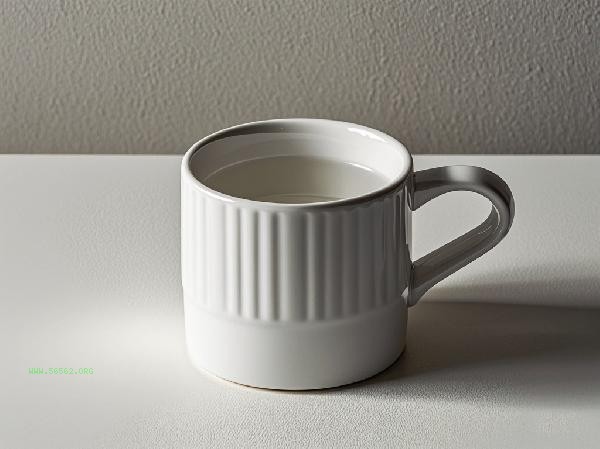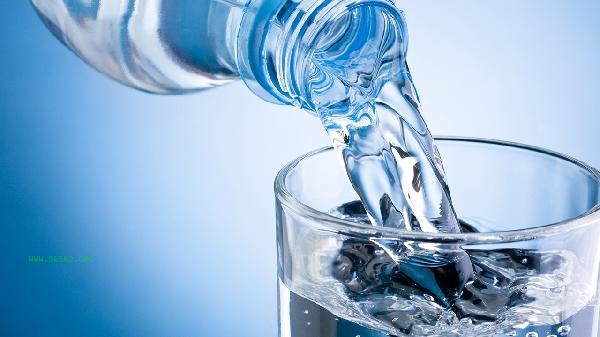Damp walls with water droplets can usually be treated by ventilation dehumidification, using dehumidifiers, checking and repairing leaks, applying moisture-proof coatings, installing insulation layers, and other methods. Wall moisture may be caused by large temperature differences between indoor and outdoor environments, wall water seepage, damaged waterproof layers, poor ventilation, and strong moisture absorption of building materials.

1. Ventilation and dehumidification
Opening windows for ventilation is the simplest method of dehumidification, especially when the weather is clear, to promote air circulation. During humid seasons, exhaust fans can be used to assist in ventilation and reduce indoor humidity. Avoid drying clothes indoors and reduce sources of moisture evaporation.
2. Using a dehumidifier
can effectively reduce air humidity. It is recommended to choose a model that is suitable for the room area. Close doors and windows when using, place the machine near a damp wall, and regularly clean the water storage box. Equipped with a hygrometer for monitoring, maintain indoor humidity within an appropriate range.
3. Check and repair leaks
Check for leaks in water pipes, floor drains, and exterior walls, with a focus on inspecting joints such as corners and window frames. If cracks are found, they should be repaired in a timely manner and filled with waterproof glue or cement. External wall water seepage needs to be handled by professional personnel, and if necessary, the waterproof layer should be redone.

4. Apply moisture-proof coating
Apply moisture-proof primer and anti mold coating on dry walls to form a protective layer. Before construction, ensure that the wall is completely dry and handle any peeling parts. Choose products with good breathability to avoid internal moisture caused by simple covering issues.
5. Install insulation layer
For walls that have condensation due to temperature differences, interior wall insulation boards or insulation mortar can be installed. Thermal insulation materials can reduce the cold bridge effect and prevent water vapor condensation. Attention should be paid to sealing during construction to avoid the formation of new condensation points. Long term humid environments are prone to the growth of mold, which can affect health. Activated carbon, quicklime and other moisture absorbing materials can be placed in daily life, and hidden corners should be checked regularly. If the moisture problem persists or is accompanied by wall damage, it is recommended to consult professional construction personnel to investigate structural issues. Maintaining indoor dryness requires a combination of various measures and selecting targeted solutions based on specific reasons.









Comments (0)
Leave a Comment
No comments yet
Be the first to share your thoughts!